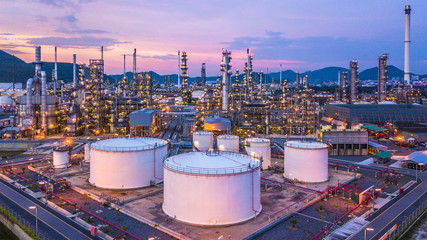Declining Naphtha production in the East European Region
- 25-Apr-2022 7:01 PM
- Journalist: Rene Swann
The state of feedstock (naphtha) production in Russia has already begun to deteriorate since few refineries have begun their spring maintenance. Also, the decreased export rates have exacerbated the situation. Small and medium-sized refineries that are specialized in exporting feedstocks like naphtha are scheduled to operate at 50% capacity starting in April 2022. Few refineries in Russia's southern region, especially the Tuapse and Novoshakhtinsky plants, have restricted their crude intake due to lack of transportation options. The Tuapse plant, which primarily manufactures naphtha, has reduced its crude intake, potentially leading to an increase in the naphtha prices.
Due to sanctions imposed by the U.S and few of the European countries on Russian oil and gas imports in retaliation for Moscow's invasion of Ukraine, the worldwide market is shunning the Russia’s naphtha supply. Even some of the petrochemical industries in Russia have been avoiding Naphtha from their own country. As a result, The Taif refinery has chosen to reduce its output as there have been a major decline in the demand for Russia’s Naphtha. Since Western countries have put sanctions over Russian oil and gas, Russia has been turning to the East lately for buyers, increasing their exports to China and Kazakhstan dramatically in March 2022.
The war has impacted not only Russian output, but also Belarus', which sends most of its naphtha to Ukraine. When the war broke out, Ukraine stopped importing naphtha from Belarus, prompting refineries in Belarus to shut down. UkrTatNafta, a refinery in Ukraine has also halted operations after being reportedly targeted by the Russian military earlier this month.
As per ChemAnalyst, the supply tightness in Naphtha is expected to continue for the entire second quarter of 2022 and might worsen due to the decreased production in Naphtha in the East European countries. Even though OPEC had vowed to enhance crude oil outputs beginning in April, but the general increase in demand in commodities and energy markets will most likely counteract any considerable increase in the crude oil supplies as envisaged by the oil-producing countries.



